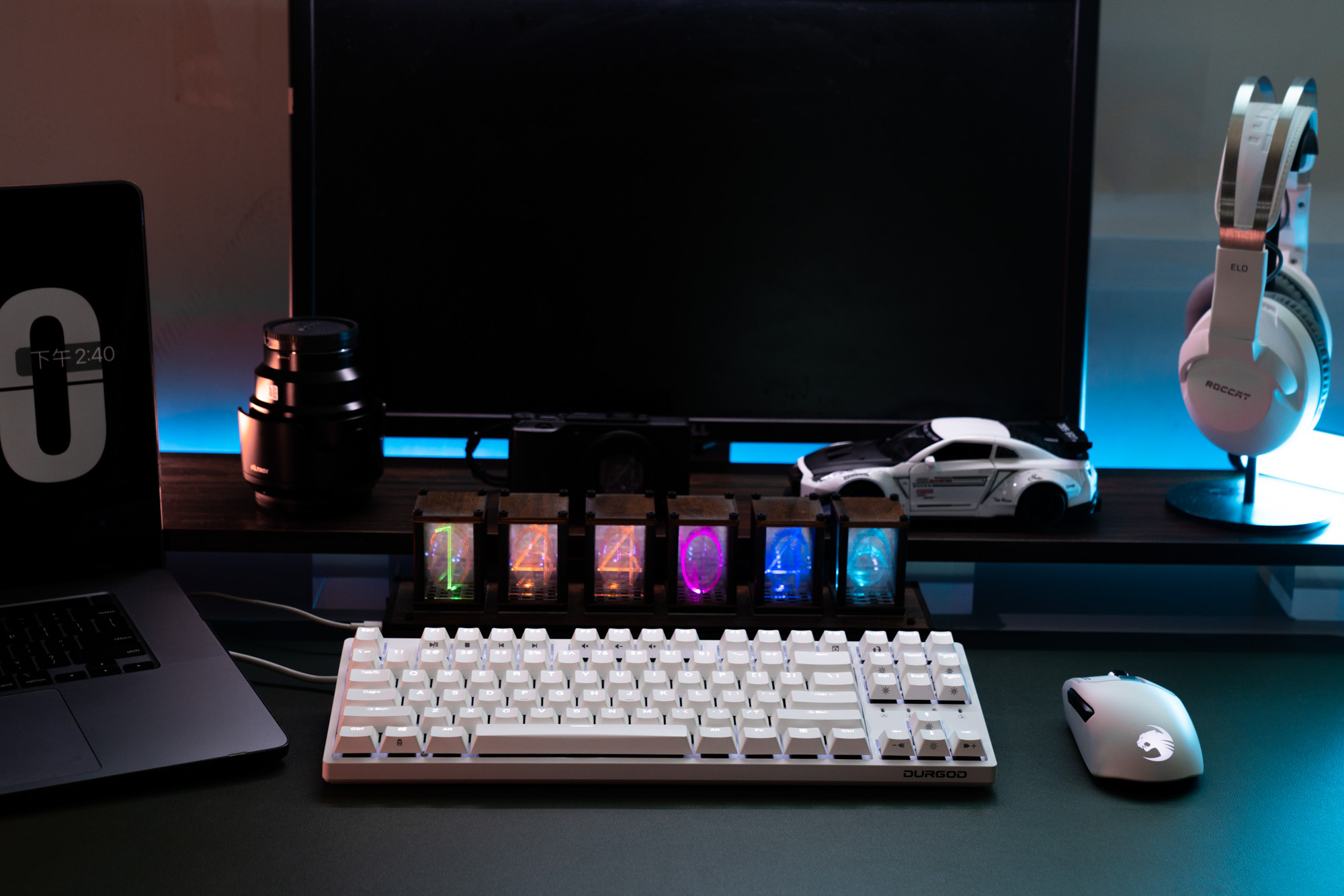Gaming keyboards are known for their tactile feedback and satisfying clicky sounds, but sometimes, that sound can become a distraction, especially in shared spaces. If you’ve ever wondered how to make your gaming keyboard quieter without sacrificing its performance, you’re in the right place. This guide will walk you through some DIY tips to reduce the noise from your keyboard, making it more suitable for quieter environments.
1. Switch to Quieter Switches
One of the most effective ways to make your gaming keyboard quieter is by switching to quieter mechanical switches. Some popular quiet switch options include Cherry MX Silent Reds or Browns, which offer a softer actuation and produce less noise compared to their clicky counterparts. If your keyboard supports hot-swappable switches, this process is relatively straightforward.
2. Use O-Rings or Dampening Rings
O-Rings or dampening rings are small rubber rings that you can place on the stems of your keycaps. They work by cushioning the impact when the keycap bottoms out, reducing the noise produced by each keystroke. Installing O-Rings is a simple DIY task that requires minimal tools and can make a noticeable difference in reducing keyboard noise.
3. Lubricate the Switches
Lubricating your keyboard switches can also help in making your gaming keyboard quieter. The lubricant reduces the friction between the moving parts of the switch, leading to smoother and quieter key presses. This process requires some precision, but it’s a popular method among enthusiasts looking to enhance both the feel and sound of their keyboards.
4. Add Sound Dampening Foam
Adding sound dampening foam inside your keyboard case can absorb some of the noise generated by the switches and stabilizers. This foam is usually placed between the PCB and the keyboard case, and it helps in reducing the overall noise level of your keyboard. It’s a slightly more advanced DIY task but can be very effective.
Conclusion
Making your gaming keyboard quieter doesn’t have to be a complex process. By switching to quieter switches, adding O-Rings, lubricating the switches, and installing sound dampening foam, you can significantly reduce the noise levels while still enjoying the tactile experience of a mechanical keyboard. These DIY tips are not only practical but also accessible for most users, making it easier to customize your keyboard to fit your environment.
These steps will not only make your gaming keyboard quieter but also enhance your overall typing experience. Whether you’re working in a shared space or just prefer a quieter setup, these tips will help you achieve a balance between performance and noise reduction.



